The life-changing magic of a pandemic writing residency
How I learned that I am, in fact, a real artist
The wheels of my suitcase dragged through thick white snow, drawing parallel trails behind me. The Ragdale House stood tall to my left, its twin peaks blanketed in white, the teal shutters even more vibrant against the pallid grey sky. Comforted only by my husband next to me and the sight of the other residents carrying equally bulky bags, I tried to suppress that old summer camp fear that I wouldn’t fit in. I’d applied for a residency at Ragdale the previous year and had been waitlisted. This year, I’d been waitlisted again until, just a few days after the new year, a spot opened up. Part of me still couldn’t believe that I was here. It felt like I was infiltrating a sacred creative space not meant for amateurs like me.
The Residency Manager met us at the circle drive. “Welcome to Ragdale! We’re so excited to have you,” she said. “Let me show you to your room.”
As I followed her towards my room in the Barnhouse, I wondered for the hundredth time if I should back out. On top of feeling like an imposter, Omicron was sweeping the globe, breaking any illusion of invincibility I had from getting the COVID vaccine the summer before. What if I got sick? What if I had a panic attack? Until the pandemic began, I hadn’t had a panic attack in over five years. Now, even the most mundane tasks — walking my dog, or sitting on the L, or perusing grocery store aisles — brought on hitched breathing and a disconcerting gallop of my heart. It was all about calculated risks, I reminded myself. If I was going to risk being sick, it had to be worth it. Three weeks of quiet writing time and convening with others creatives seemed worth it.
The Residency Manager guided me to the accessible studio off the kitchen. As a newer addition to the historical building, it didn’t have the same old world character, but the skylights looking out to the silvery winter sky, a mini kitchen, and a tile bathroom provided a certain type of added luxury. Paint splattered the concrete floors, evidence of the artists who’d been here before. A standing desk waited for me by a wall of floor to ceiling windows. Beyond, the frozen prairie glistened in the twilight.
“We know you requested a separate work space, so we also reserved the Meadow Studio for you,” the Residency Manager said. I flushed with embarrassment. I’d spent the pandemic working from a small desk crammed next to my guest bed. On a lark, I’d requested a room where the desk wasn’t next to the bed, but I’d envisioned a room with an alcove perhaps, not an entirely separate studio.
We crunched through the frozen prairie to a modern square building made of wood and glass. Stepping into the building with its expansive prairie views felt like stepping into a sanctuary. If I’d been alone, I would’ve sat on the heated concrete floor and cried. After spending a year in our dark apartment — so dark we could barely maintain lowlight plants — the placid light alone felt like a godsend. I couldn’t believe my good graces, couldn’t believe what they were giving me, simply because I had asked, a thing I never do.
Back at my room in the Barnhouse, I took off my mask and said goodbye to my husband, my nerves still buzzing. I unpackaged the COVID test they’d handed me when I arrived, and, after a quick swab, set up my computer for the Zoom welcome session. Minutes before I logged on, Ragdale’s resident chef, Linda, dropped a a bag of steaming, homemade enchiladas and a tall can of beer outside my door. I mingled with my cohort through the little squares on my computer screen and went to bed that night feeling like a freshman who’d just been dropped off at college, exhilarated to be in this new place but slightly afraid to be in unfamiliar territory.
The next morning, I woke to the rumblings of staff passing through the Barnhouse kitchen. The wan morning light seeped through the sunlights. I lazed in bed until I felt brave enough to confront the cold. Goosebumps rose on my arms as I stood barefoot in the frozen bathroom, waiting for the hot water to warm the tile. The pressure to make the most of my first day grew with every step of my morning routine, with every slow sip of coffee. Without the constraints of my regular life, I was drowning in possibility.
That morning, I typed diligently at my computer as if someone might be monitoring my studiousness from the bushes on the other side of my window. From our introductions the night before, I knew the other residents were real artists — two playwrights, multiple dancers, a cello player, nonfiction writers like me working on personal essays or memoirs, and two brothers in a band. They were published writers, members of orchestras, dancers affiliated with prestigious groups. I’d never published anything outside of blog posts. Melissa Febos had done a residency at Ragdale early in her career. Lynda Barry had too; the Barnhouse’s printer closet still bore the baby blue paint she’d picked, her playful sketches and bold block letters.
What was I doing here?
That night, I headed to the dining room to meet the other residents in person. We talked about our projects over stuffed pasta shells and heavy pours of red wine. I was surprised to find that, like me, everyone was slightly uneasy. “I slept in later than I should’ve this morning,” one writer admitted. “I barely made any progress this afternoon,” another one moaned. Like me, they also felt pressure to prove themselves, to maximize this rare gift of time. Over the next few nights, the dinner conversation became freer, looser, wandering away from our creative projects to our varied lives and back again. Instead of going back to our rooms to create or read or rest, we started spending the evenings circled around Ragdale’s many fireplaces. Circled together, we fought back the cold with our proximity and our laughter.
As the days passed, I established a cherished routine — sleeping until the sound of the staff nudged me awake, some quick stretching and a shower to wake up, then coffee and toast at the standing desk as I worked on my book till noon. After foraging through the refrigerator for last night’s leftovers, I’d head to the meadow studio for a change of scenery. From the middle of the frozen prairie, I’d watch the clouds go by and sing at the top of my lungs, my voice echoing in the large space. With no other distractions or real world responsibilities, my brain dropped into a flow state, my fingers moving of their own volition. Just before dinner, I’d crunch back to the Barnhouse, then spend some time chatting with Linda, whose earnest interest in my progress was just as warming as the heated blanket I’d sit under afterwards.
My soul, desiccated from isolation and crisis, soaked in the restoring beauty of art. On their last night, the two brothers performed a couple of their songs. They were two quiet souls and a guitar, but when they sang, their voices filled the space and reverberated, as if cast through surround sound. Another night, the cello player performed Bach for us in her studio. We sat in an arced line of folding chairs around her as the deep notes of her cello vibrated around us. After two years without live music, I’d seen two performances in as many weeks. Tears pooled in my eyes.

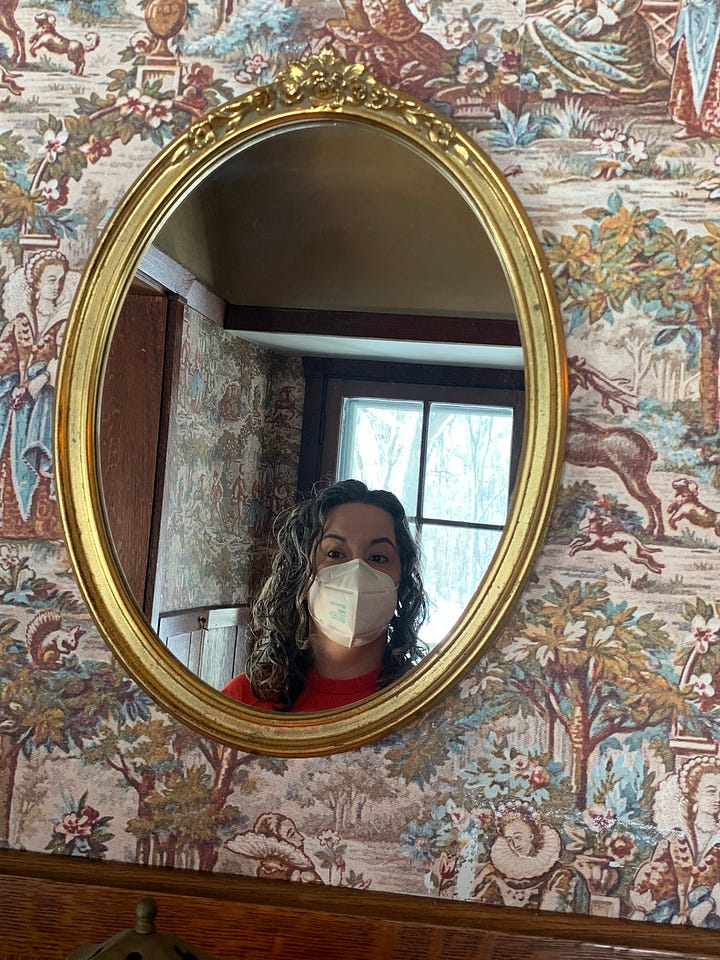
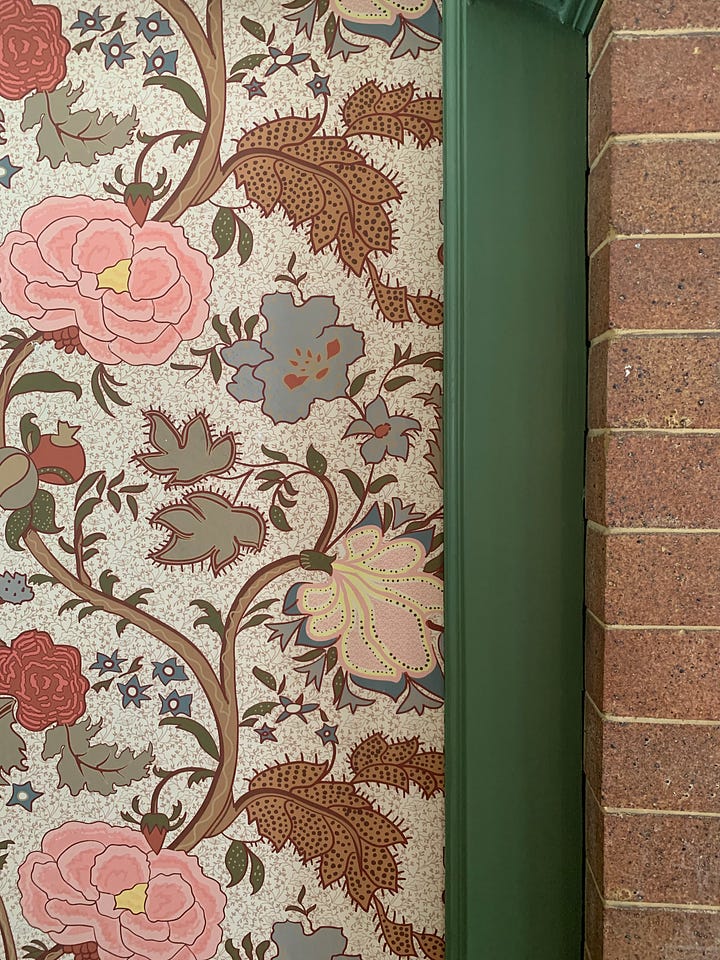
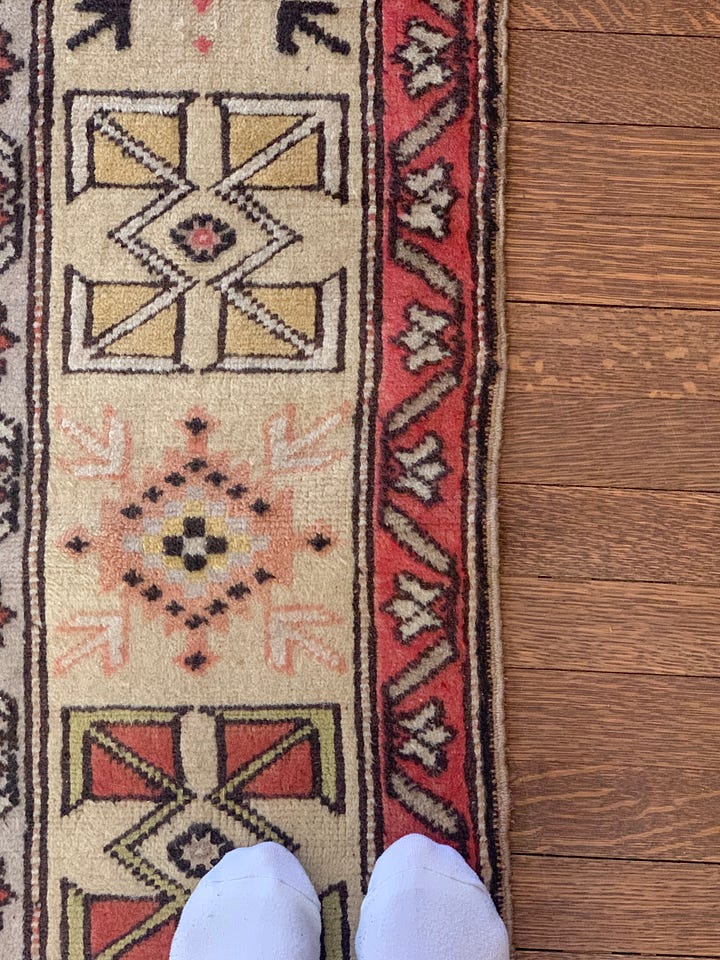
One weekend, we ordered a giant Korean feast. Sitting around the Ragdale House dining table, we popped bottles of Prosecco and shared battle stories. The same cellist who’d dazzled us with her performance nights ago talked about her audition anxiety, the biting critiques of her finger placement, that feeling of never being good enough. It hit me then. If this brilliant musician didn’t feel good enough, then I was in good company. Clearly, the feeling of being an imposter never went away. As it turns out, the only way out of imposter syndrome was just creating in spite of it.
As my residency slowly drew towards an end, I steeped myself in every ounce of Ragdale’s creative energy. I flipped through the notebooks in my room, reading letters from former residents who’d created there, thinking about the legacy that I’d been woven into. I savored Linda’s delicious, hearty dinners. I cherished each laugh with my fellow residents, grateful for the company of my own little quaran-pod. Watching the clouds go by from the meadow studio, I basked in the nourishing solitude. For three weeks, Ragdale had shielded me from the world and its troubles so I could remember who I was.
A few days later, my husband pulled our blue hatchback into the circle drive, our pitbull wiggling excitedly in the backseat. I loaded my bags into the trunk, then climbed into the front, already sad to go. My residency had been a moment in time unlike any other, a moment when art and community held me safe even as the world collectively faced terror day after day. For the first time in many years, my soul felt at rest. Even if I never finished my book or never got it published, I knew I was a real writer, simply by virtue of writing.
A few resources if you’re considering an artist residency:
Rebecca Makkai’s guide to writing residencies, retreats, and conferences
A Person of Color’s Guide to Navigating Writing Residencies by Hannah Bae (one of my fellow residents!)




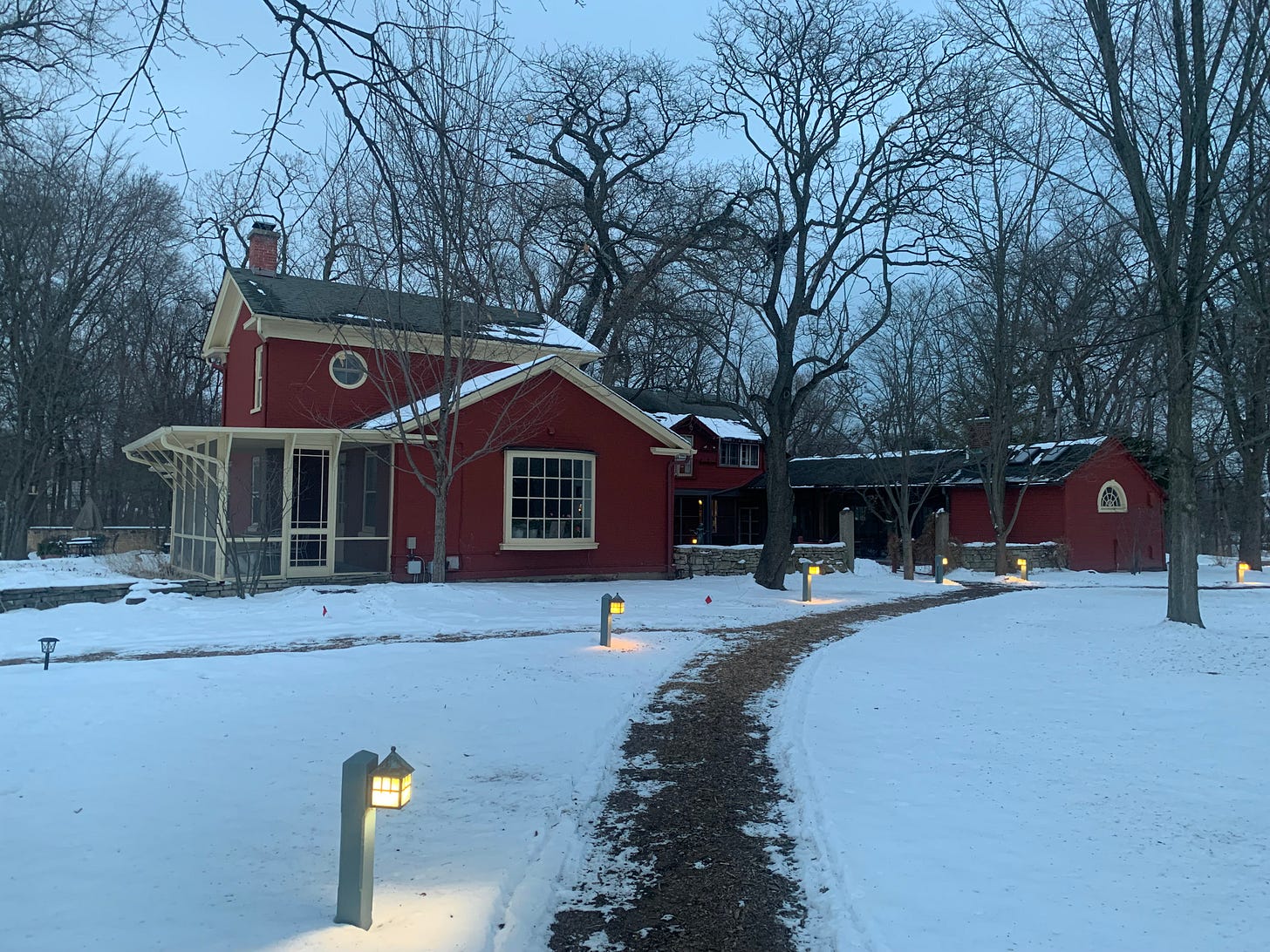
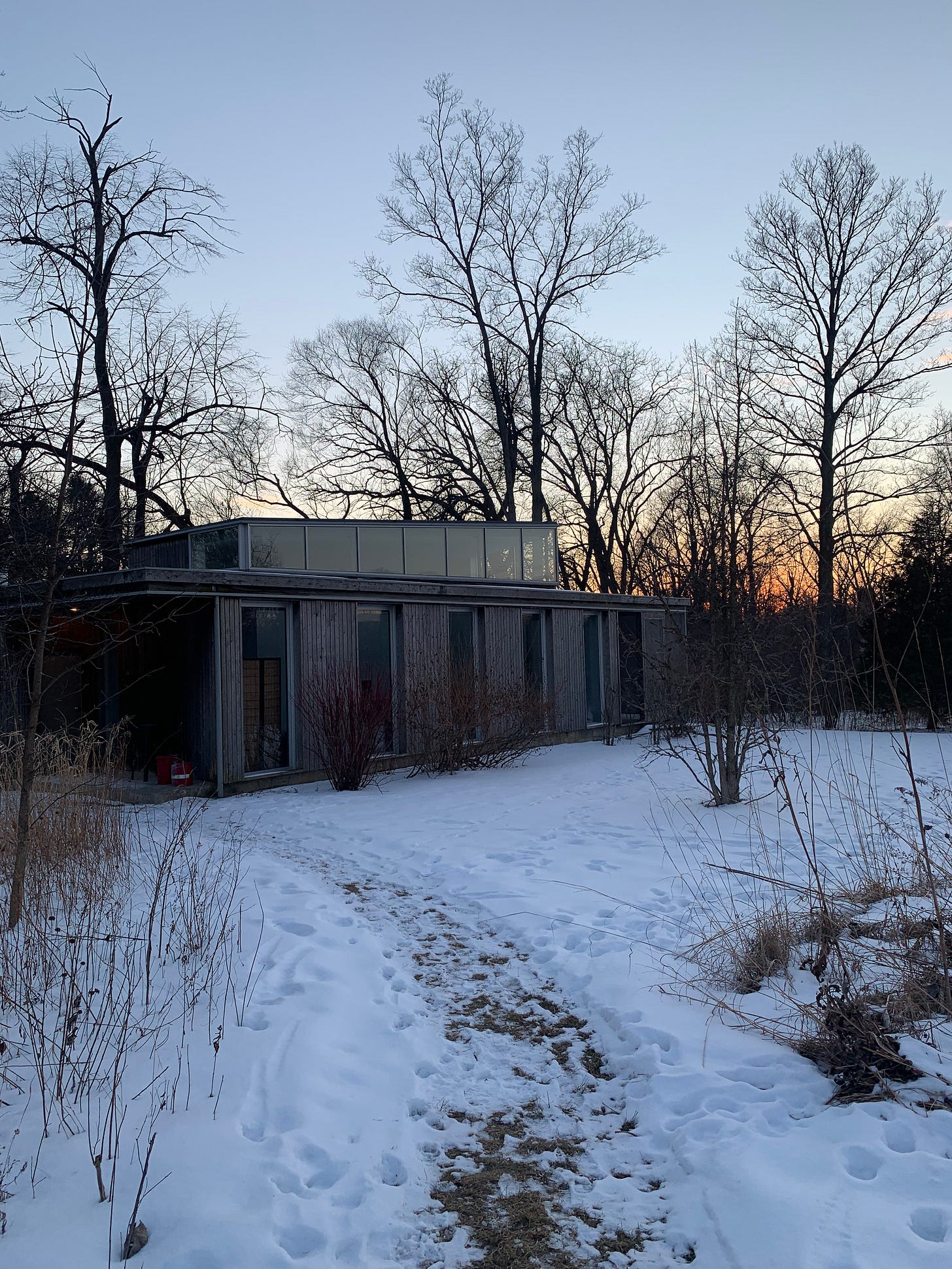
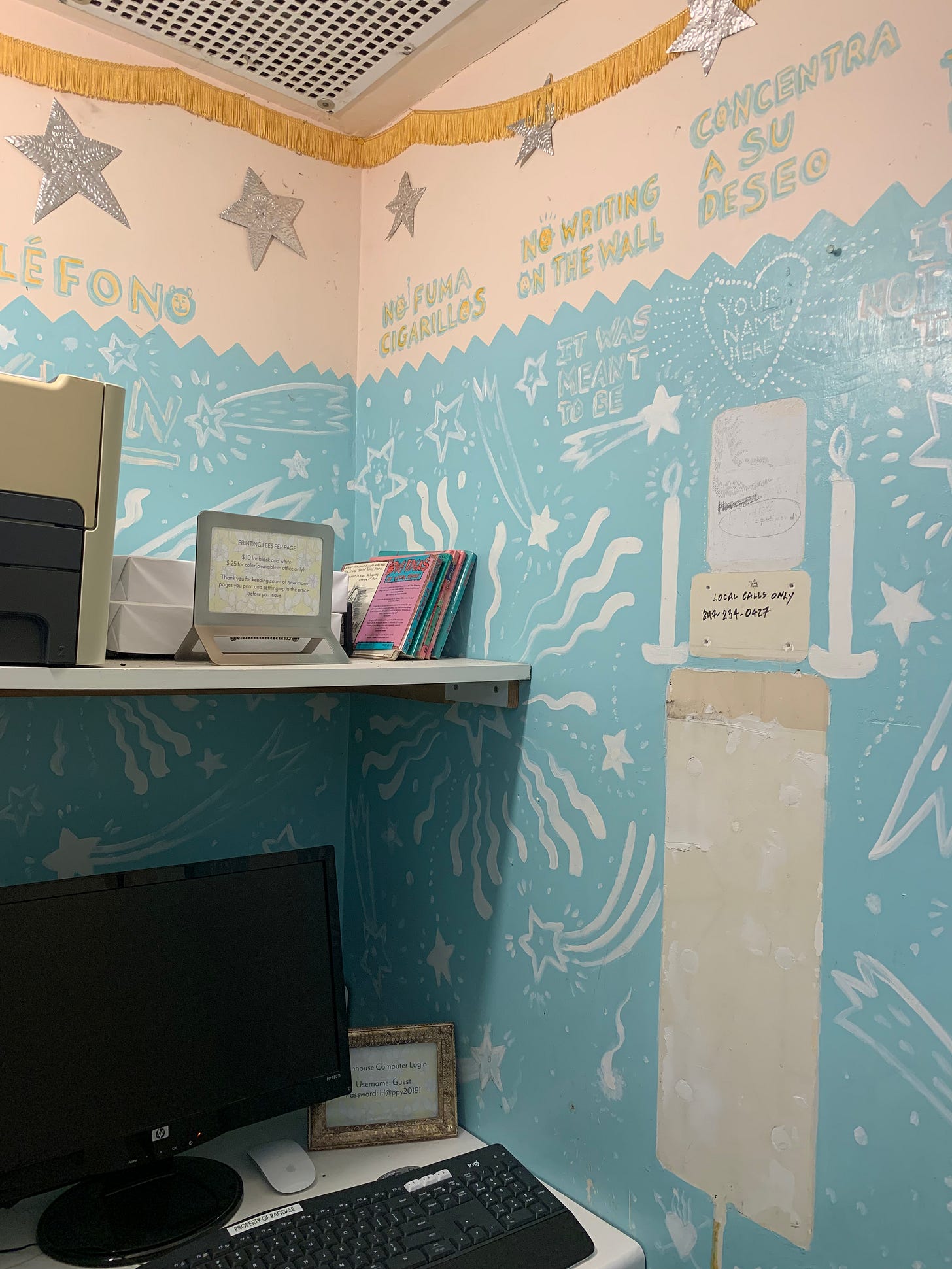

It was magic. Sometimes I think that whole experience was a dream. Thank you for reminding me that it didn't just happen in my head! <3